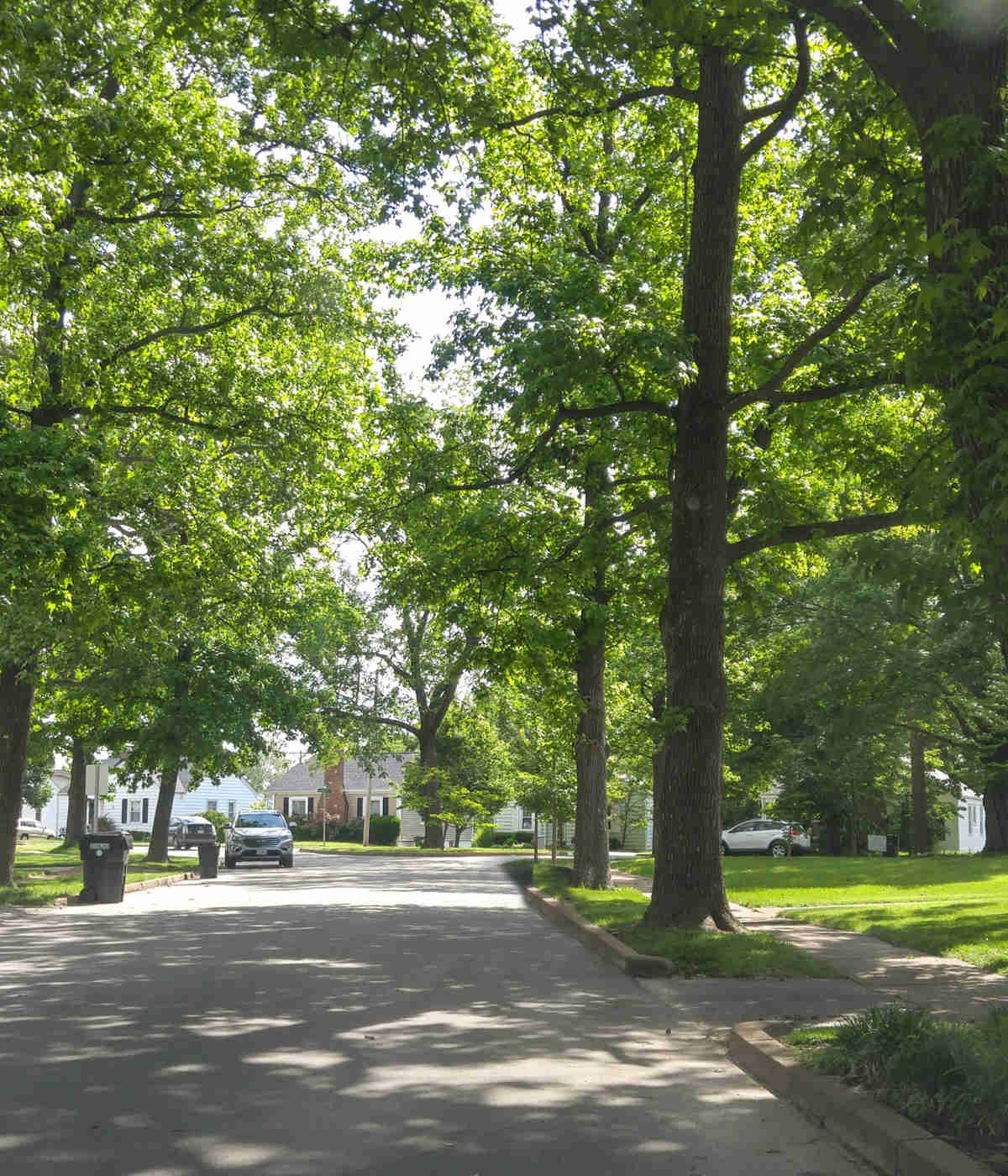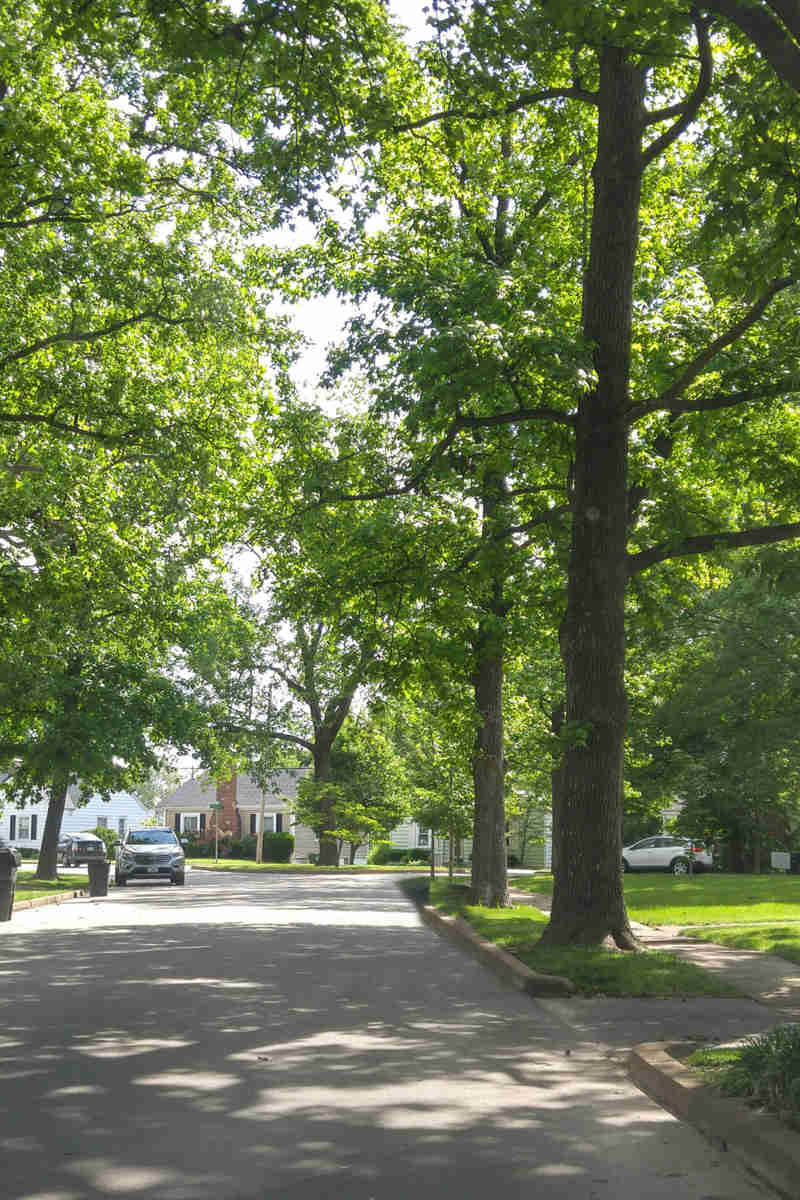Water is one of the more important needs of your commercial facility’s landscape.
Depending on its location, your property could be experiencing many levels of water coming in naturally – everything from drought to flooding. Knowing how much additional water your landscape needs is important because irrigating your commercial landscape can add up, particularly as costs increase.
By harnessing proper watering strategies in your role as a property manager, you can increase water conservation and protect your bottom line. Let’s look at some watering best practices, including how often to water turf, and mature trees, how to maximize water during dry periods, and knowing when it is the best time to water.
Watch the video above to learn more about how to maximize your site's water efficiency.
How Much Water Do My Plants Need?
One of the first things to understand when it comes to proper watering for commercial landscapes is how much water does turf need, as well as shrubs and trees at any given time based on plant demands based on weather and climatic current conditions.
Mature landscape shrubs and trees typically require less water. Younger trees, from 1-5 years old, may require up to 1 to 1.5 inches of water weekly depending on species, location and soil type. This also includes rainfall amounts that need to be considered.
Your commercial landscape professional can provide guidance on how long and the number of days you need to run your irrigation system each week to ensure your landscape receives the proper amount of water. Setting up the proper watering schedule on your irrigation controller, along with a rain sensor will provide adequate watering amounts – plus you won’t get caught with your irrigation system operating when it’s raining. It will also assist with watering more efficiently.
When it comes to how long to water, your goal is to water at less frequent intervals to encourage deeper root system growth, which leads to healthier, more sustainable plants.
Another goal with irrigation is to understand that different plants have different watering needs. Trees, for instance, have specific water requirements based on age, species, and location. How often to water new trees differs from how often to water mature trees. A soaker hose running from between 30 minutes to two hours at a time is one of the best methods to deliver water to your tree’s roots. If watering in a clay soil situation, its recommended to break up the run times into 3 different intervals about 2 hours apart to allow the irrigation water to soak into the soil and not run off.
Understanding how many times per week watering should be done is dependent upon tree species, sun exposure and region of the country. New trees may require more frequent watering cycles during the growing season, while mature trees can handle fewer watering cycles. This amounts to approximately 20 gallons of water weekly for new trees, and 10 gallons of weekly watering for mature trees.
For shrubs, deep, infrequent watering is a great rule to follow for adequate moisture.
How much water does turf need? Turf usually needs about 1 inch per week, depending on your location and the individual species. A soil moisture sensor is recommended to verify adequate watering.
When Is The Best Time to Water?
Each day you water, particularly on hot days, you want to water early in the morning. There are a variety of reasons why this is the best time of day to water the lawn areas, shrubs, and trees on your commercial landscape.
First, there’s less wind, so you’ll lose less water to drift. There is also less direct sunlight, so you’ll lose less water to evaporation. This ensures your soil absorbs as much water as possible during your watering sessions. After all, you don’t want to waste expensive water, which will add to your costs.
You also don’t want to water during the evening hours, because the water can’t fully dry on plant leaves before nighttime. This can lead to the development of turf diseases, which can wreak havoc on your commercial lawn areas.
Tips on Saving Water During Summer
Reducing water usage is a great way to conserve a precious resource and save money simultaneously.
By watching the weather and using a smart controller that is capable of utilizing a rain gauge measuring the local evapotranspiration amounts, you can take advantage of those times that Mother Nature provides the water for you. Once again, if available, using a soil-sensing moisture meter is always best!
If you have an irrigation system, routine, preventive maintenance can identify broken heads or solve leaks. Additionally, having your irrigation system audited regularly can ensure it meets the needs of your growing and changing landscape, and operating properly without wasting water. A properly designed and efficient irrigation system will take into account the mini micro-climates located on your commercial site.
By separating zones to meet the unique needs of your turf, plant beds, and trees, additional efficiencies can be reached. Using drip irrigation as part of your system to target water directly to the shrub roots can boost efficiency even more. If you have an older system, upgrading or renovating it to include a more modern smart controller could help make watering more efficient. This uses weather data, soil monitoring and regulated timing and scheduling to help save water.
You can also implement a stormwater management system like installing a bioswale or building a rain garden to help filter and absorb rainwater on your commercial property. This can be a natural and environmentally friendly way to handle excess water on your property so it’s not causing erosion or flooding. Working with a certified professional to set up this system and inspect it annually ensures it continues working for you.
Finally, the best way to use less water on your property is by planting native trees, shrubs, and perennial plants that fit in your specific hardiness zone. These plants will need minimal additional water to survive and thrive, boosting your commercial site aesthetics for years to come.



